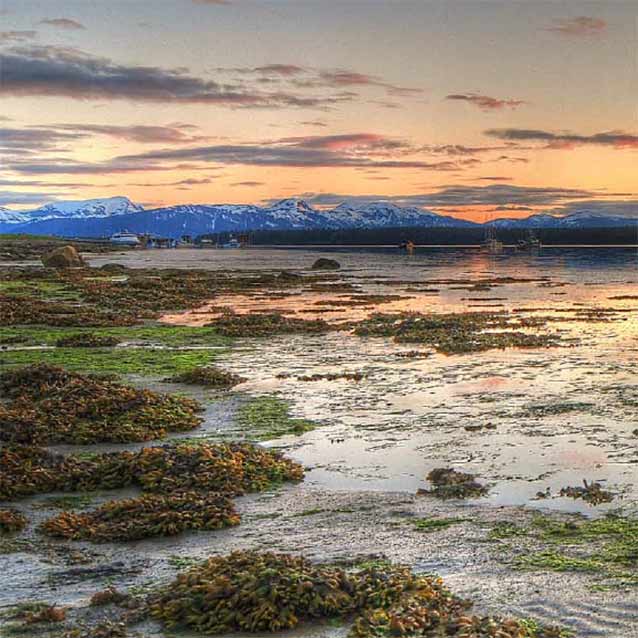This issue of Alaska Park Science celebrates the fiftieth anniversary of the 1964 Wilderness Act.

NPS Photo
This issue of Alaska Park Science celebrates the fiftieth anniversary of the 1964 Wilderness Act. The concept of wilderness has clearly existed since ancient times. When the word “wildeornes” was recorded in Old English nearly a thousand years ago, it referred to lands populated only by wild animals, uncultivated, uninhabited, inhospitable, and even dangerous for humans. Today we have legal definitions, but it’s safe to say that wilderness still holds different meanings for different people.
In this issue:
- Ed Zahniser reflects on growing up in the nascent U.S. wilderness movement and describes his father’s thinking and motivations that led directly to the Wilderness Act.
- Adrienne Lindholm looks over the challenges and accomplishments of the last fifty years and forward to those yet to come.
- Steve Colt and Ginny Fay explore the economic value of Alaska’s intact wilderness ecosystems.
- Karen Evanoff and Michelle Ravenmoon; Alex Whiting; Wilson Justin; and Mary Beth Moss, Kenneth Grant, Michelle Jesperson, Barbara Bruno, and Christina Mills share visions of wilderness—not as places to be alone, but as homelands, places to nourish bodies, to perpetuate long cultural traditions, and to commune with ancestral spirits.
- Robert Manning and William Valliere explore visitor experiences and values in wildland areas in two Alaska parks.
- Jonathan Hardes shares the thrill of finding ice age fossils across park landscapes and explains how and why we must ensure that they are properly protected and preserved.

NPS Photo
Does wilderness require management to stay wild?
- Grant Hilderbrand explores competing values and ethical considerations in wildlife management.
- Robert Winfree and Adrienne Lindholm describe National Park Service (NPS) efforts to minimize the impacts of new and pre-existing installations in and near Alaska wilderness.
- Roger Kaye considers a growing dilemma for today’s and tomorrow’s wilderness managers: Are wilderness areas sufficiently well- equipped by nature to adapt to climate change, or is human intervention warranted to perpetuate historic conditions?
- What if the unthinkable occurs? Can a profoundly disturbed area ever be restored to wilderness conditions? Forty-three years after a 1971 nuclear detonation, Merry Maxwell reflects on that question from Amchitka in the Aleutian Islands Wilderness.
What does the word wilderness mean for you? Will it mean the same to your grandchildren?
Part of a series of articles titled Alaska Park Science - Volume 13 Issue 1: Wilderness in Alaska.
Last updated: August 7, 2015






